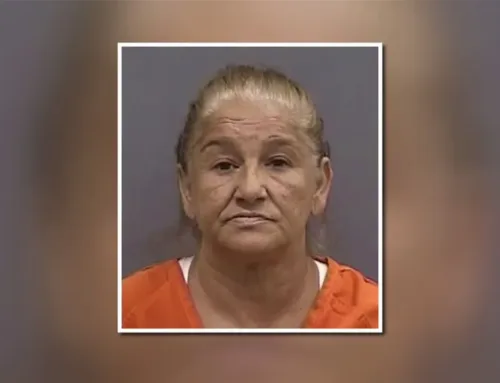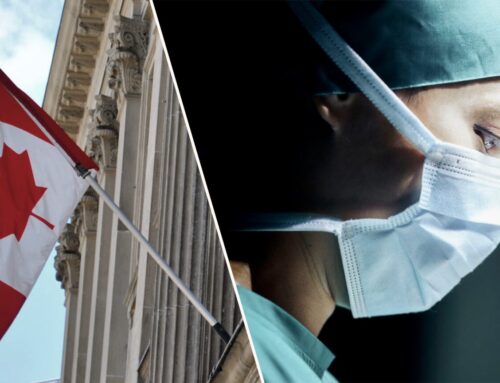By Ilya Banares and Brad Platt
May 3, 2022
-Bloomberg
Doug Ford cruised to a second victory as Ontario’s premier, cementing his control over the province that represents 40% of Canada’s economy after promising to boost the post-pandemic recovery with heavy spending on infrastructure.
His Progressive Conservatives won a supermajority in the legislature with 83 of 124 electoral districts. The party swept most of the seats in the suburbs around Toronto and in the southwestern and eastern regions of the province, which is home to about 15 million people.
Ford’s party received nearly 41% of the popular vote, beating the two major opposition parties by about 17 percentage points. It’s one of the most lopsided elections in Ontario history.
“What a night, and what a result!” an ebullient Ford said during his victory speech in Toronto. “Together we’re re-imagining our party, we’re re-imagining our province, and tonight we have changed what it means to be a Progressive Conservative in Ontario.”
Ford, 57, ran under the slogan “Let’s Get It Done” with a platform that promised to spend billions on construction projects. While his rivals criticized his handling of Covid-19 and his spending cuts to social services, the former city councilor and brother of late Toronto Mayor Rob Ford stayed on message, touting plans to build roads, highways and hospitals and winning support from key unions representing construction workers and plumbers.
Part of his success came from demonstrating, during his first term in office, that he is capable of working with his political foes — particularly Justin Trudeau, Canada’s Liberal prime minister. Ford signed onto Trudeau’s marquee national child care program earlier this year, and in the weeks leading to the election campaign, the two leaders appeared alongside each other announcing new electric vehicle manufacturing facilities.
“Friends, it’s no longer about being part of the blue, the red, the orange or green team, it’s about recognizing that there’s so much that unites us. This is my proudest achievement as a leader of this party,” Ford told his supporters, making reference to the colors of the four parties represented in the provincial legislature.
“Continued co-operation between city, provincial and federal governments is crucial,” Toronto Mayor John Tory said in a statement congratulating Ford. “The key issues of our time including housing and mental health simply cannot be effectively addressed by the City of Toronto alone.”
Low Turnout
Ford’s opponents struggled to gain traction during the campaign and voter turnout was historically low — just 44%, according to Elections Ontario data as of Friday morning. Andrea Horwath’s New Democrats came a distant second place with 31 seats. Liberal Leader Steven Del Duca’s promise of “buck-a-ride” public transit not only failed to sway voters in the province, he even lost his own district. Both resigned as leader.
In an emotional speech, Horwath underscored that the NDP would remain the second-largest party in the provincial legislature, but conceded it was “time for me to pass the torch.”
The onset of Covid allowed Ford to recover from a rough first year in office, even as his response to the pandemic drew criticism. He appeared in daily news conferences alongside Ontario’s top medical officials and his mix of folksy remarks, gravitas, and occasionally tears, led to a surge in voter approval.
Despite his populist brand, built on combating big government, Ford implemented some of the harshest public-health restrictions on the continent and ejected lawmakers from his caucus who refused to get vaccinated. Although at times his popularity wavered, he emerged from the pandemic relatively unscathed.
“Doug Ford was happy to just play defense and run the clock because he was leading all the way,” Philippe Fournier, founder of polling site 338Canada, said in a phone interview prior to election day. “It was the opposition parties that had to force Ford into an uncomfortable position and they never managed to do that.”
Fiscal Outlook
The next four years could see record provincial spending as Ontario emerges from the pandemic and the Conservatives make good on their promises to build infrastructure.
Ford’s government unveiled a pre-election budget in April that offered up measures to address inflation and affordability, including boosting a tax credit for low-income families and a temporary move to cut fuel taxes.
Ontario, which accounts for about 40% of Canada’s gross domestic product, is expected to see a budget deficit of C$19.9 billion ($15.8 billion) for the current fiscal year, up from C$13.5 billion in the year ended March 31.




